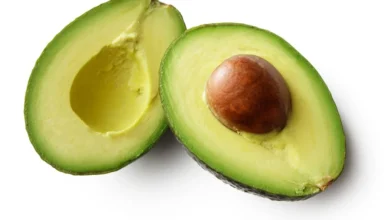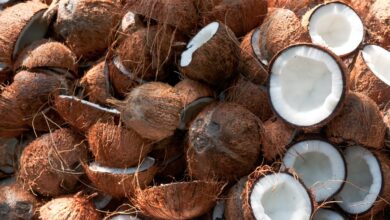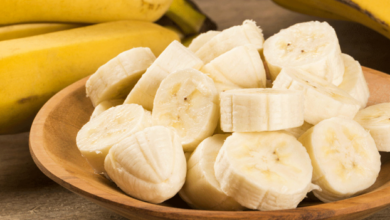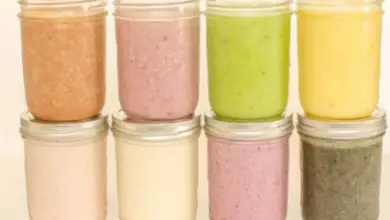Are Banana Peels Actually Slippery?

We’ve all seen the funny moments in cartoons where someone slips on a banana peel. But is that real, or just something made up for laughs? In this article, we’re going to look into why people think banana peels are slippery and see what’s really going on. We’ll talk about what makes banana peels slippery and clear up any wrong ideas we might have.
Table of Contents
What Makes Banana Peels Slippery?
Yes, banana peels can be slippery, and it’s because of something called “mucilage.” This is a sticky, gel-like stuff that’s found inside the peels. Plants use mucilage for things like spreading their seeds or keeping animals from eating them. When a banana gets ripe, its peel has lots of mucilage.
If you step on a banana peel, the pressure can push out the mucilage. If this happens on a smooth floor, the slimy mucilage can make you slip. In movies, this is why you see people falling over after stepping on a banana peel.
What Affects How Slippery Banana Peels Are?
Not every banana peel is going to make you slip. There are a few things that can change how slippery they are: fragmentation of intricacies
1. How Ripe the Banana Is
A ripe banana will have more mucilage in the peel than an unripe one. So, the more spots on the banana, the riper it is and the slipperier its peel can be.
2. The Kind of Floor
Slipping is more likely on hard, smooth floors like tiles. Rough surfaces like carpet or grass don’t let the mucilage spread out as much, so they’re not as slippery.
3. How Humid It Is
More moisture in the air can make mucilage extra slippery. That’s why a banana peel might seem more slippery on a really hot and sticky day.
Is It Easy to Slip on Banana Peels?
Even though banana peels are slippery, the idea that you’ll go flying if you step on one is mostly for laughs. In real life, they don’t usually make people fall that easily.
The idea that stepping on a banana peel is like stepping on a block of ice is stretching the truth. Still, a banana peel can be a bit of a tripping hazard if you’re not expecting it.
Throw Them Out the Right Way
To be safe and keep things clean, throw your banana peels in a compost bin or a trash can. This way, you won’t cause any accidents and you’ll be throwing things away responsibly.
Polysaccharides in Banana Peels
If you’ve heard that banana peels are extra slippery because of certain molecules called polysaccharides, including one called “pectin,” that’s correct. Pectin is found in lots of fruits and it’s one reason banana peels can be so slippery.
Pectin is like a sticky carbohydrate that’s in the walls of fruit cells. It’s especially plentiful in banana peels when they’re ripe. Pectin is part of what makes the mucilage sticky and slippery when it’s squeezed out of a stepped-on peel.
While other fruits also have peels with pectin, banana peels are more slippery because they have a lot of it.
In Conclusion
So it turns out banana peels can be pretty slippery because of the mucilage with pectin in them. The risk is higher when the banana is very ripe. While other fruit peels can also be slippery, bananas are known for their slipperiness.
Still, it’s usually not dangerous, and you probably won’t slip like they do in the movies. The best thing to do is to get rid of your banana peels carefully. Doing this will help keep people safe and be good for the earth too.
The next time you snack on a banana, remember to toss the peel in the bin to ensure no one has any surprise slips!







